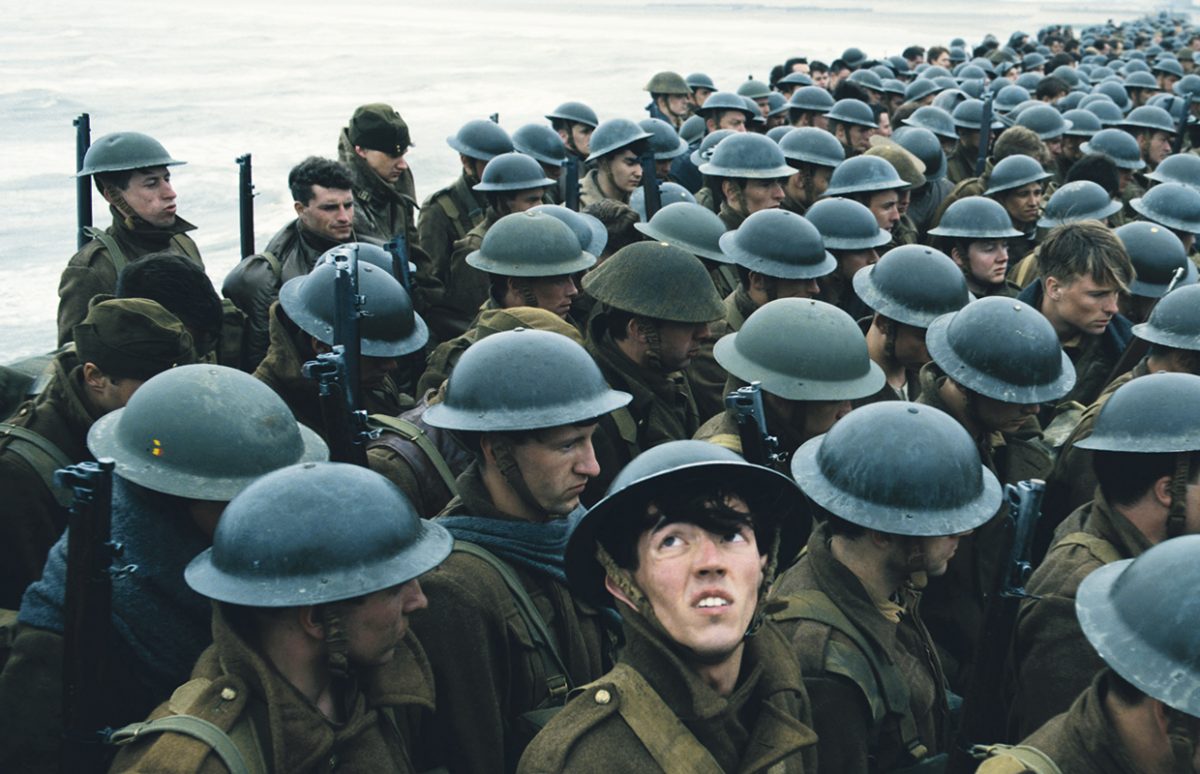
Dunkirk tells the story of one of the most extraordinary events of the Second World War: the evacuation of 338,000 men from the beaches of Dunkirk in northern France, against incredible odds. In May 1940, the Nazi Army was on the offensive. Denmark, Norway, the Netherlands and Belgium rapidly fell, then they set their sights … Continue reading “The Miracle of Dunkirk”
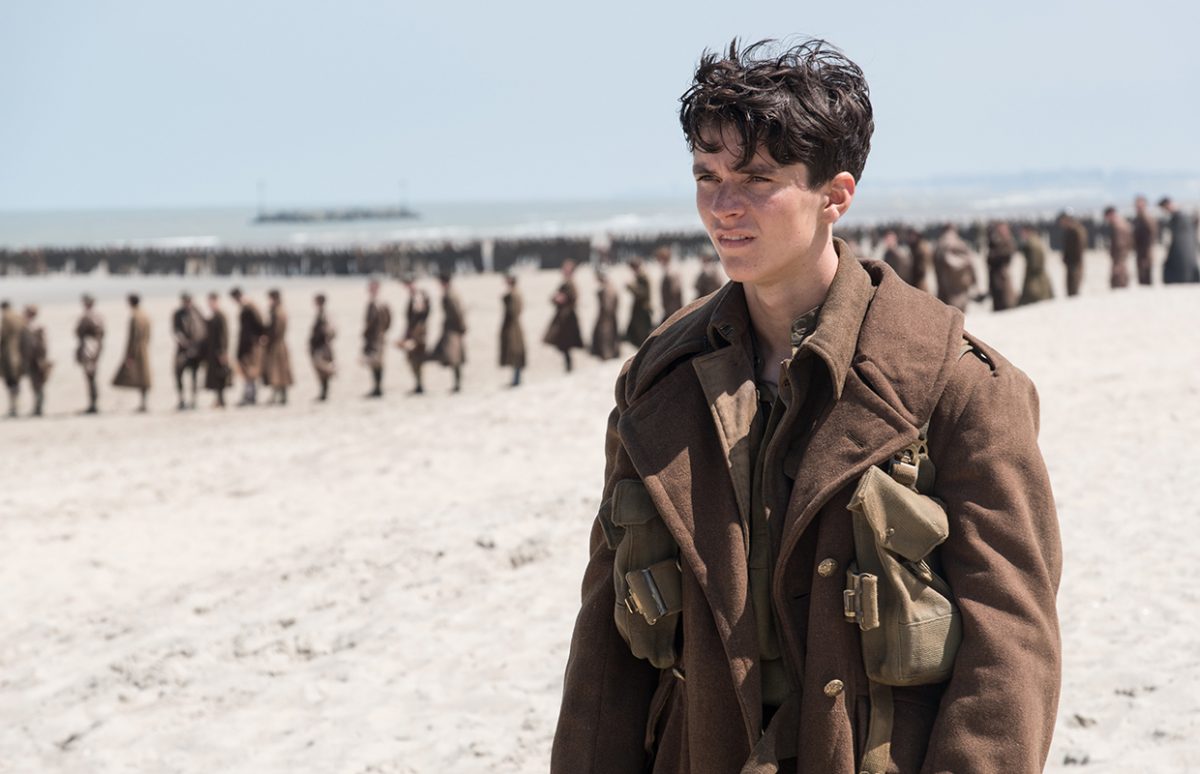
This B1-level article focuses on an important yet little recounted moment during WWII, the evacuation of British and Allied forces from the beaches of Dunkirk by the Royal Navy, aided by hundreds of civilian boats. This symbol of solidarity has been adapted into a movie by director and screenwriter Christopher Nolan. Language and structures Historical … Continue reading “Dunkirk”

The world’s most popular female superhero has finally made it to the big screen for her first solo movie and has been named an Honorary Ambassador for the Empowerment of Women and Girls by the United Nations…for only 2 months! It took 76 years to bring the world’s most famous female superhero to the big … Continue reading “Wonder Woman: from Comics to the UN”
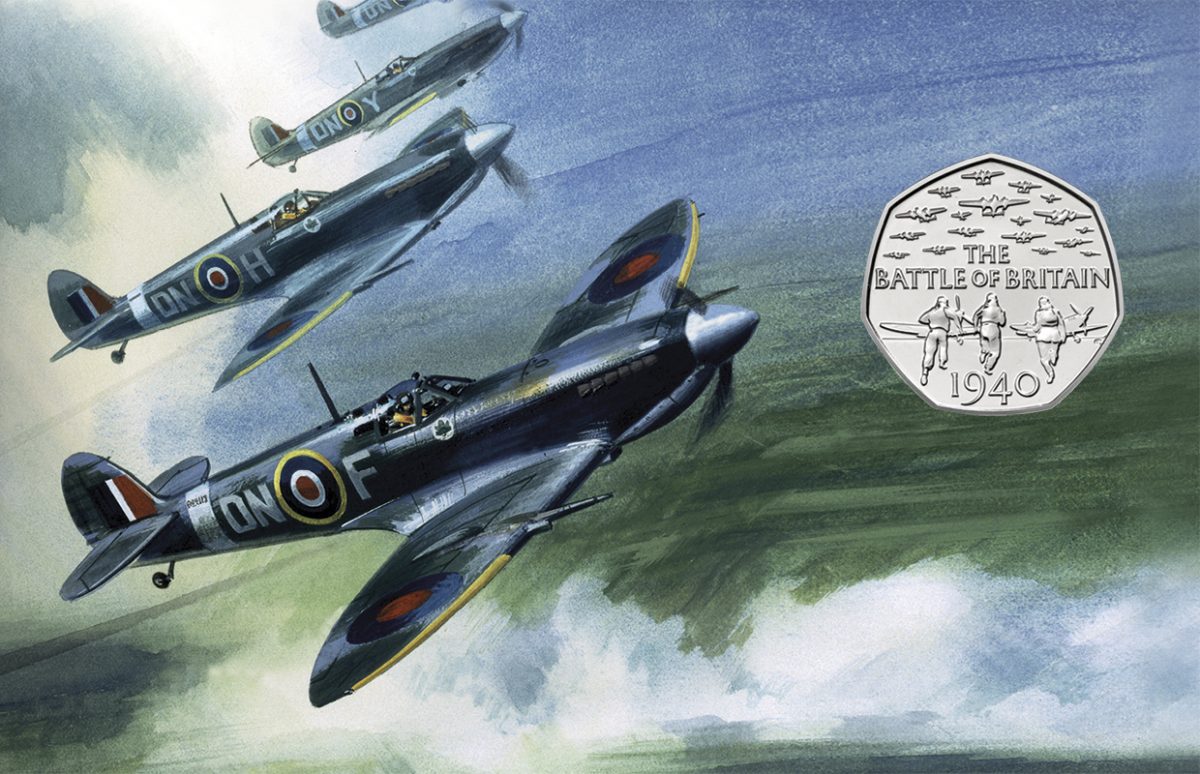
The Battle of Britain was a turning point in World War Two, when 3,000 fighter pilots were Britain’s last line of defence against a Nazi invasion. Just when Britain’s civilians thought the worst was over, the Luftwaffe started bombing cities in The Blitz. In May and June 1940, Britain had evacuated its troops from France, … Continue reading “Battling on the British Home Front”
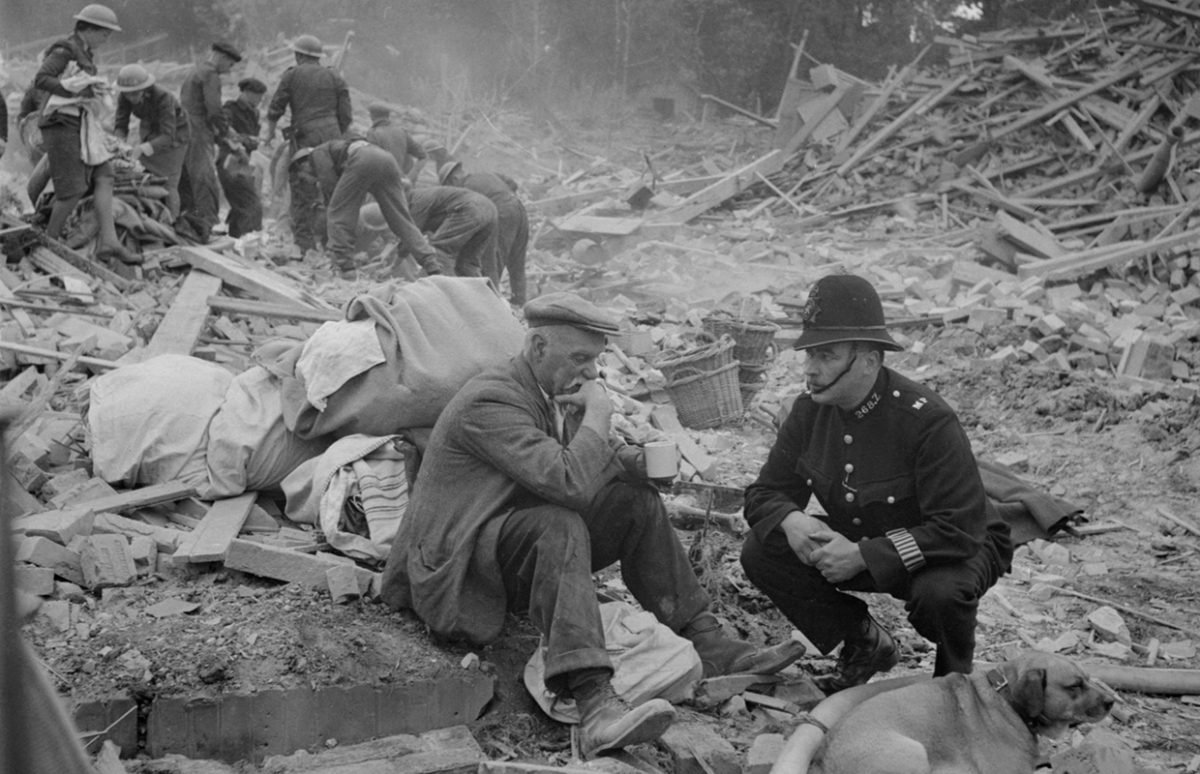
If you want to work on Britain in the Second World War with your pupils, there are lots of online tools to help you. Here are some on The Battle of Britain and the subsequent Blitz. The newly renovated Imperial War Museum has a very interesting mini-site on the Battle of Britain using fascinating photographs … Continue reading “Battle of Britain and Blitz Teaching Tools”
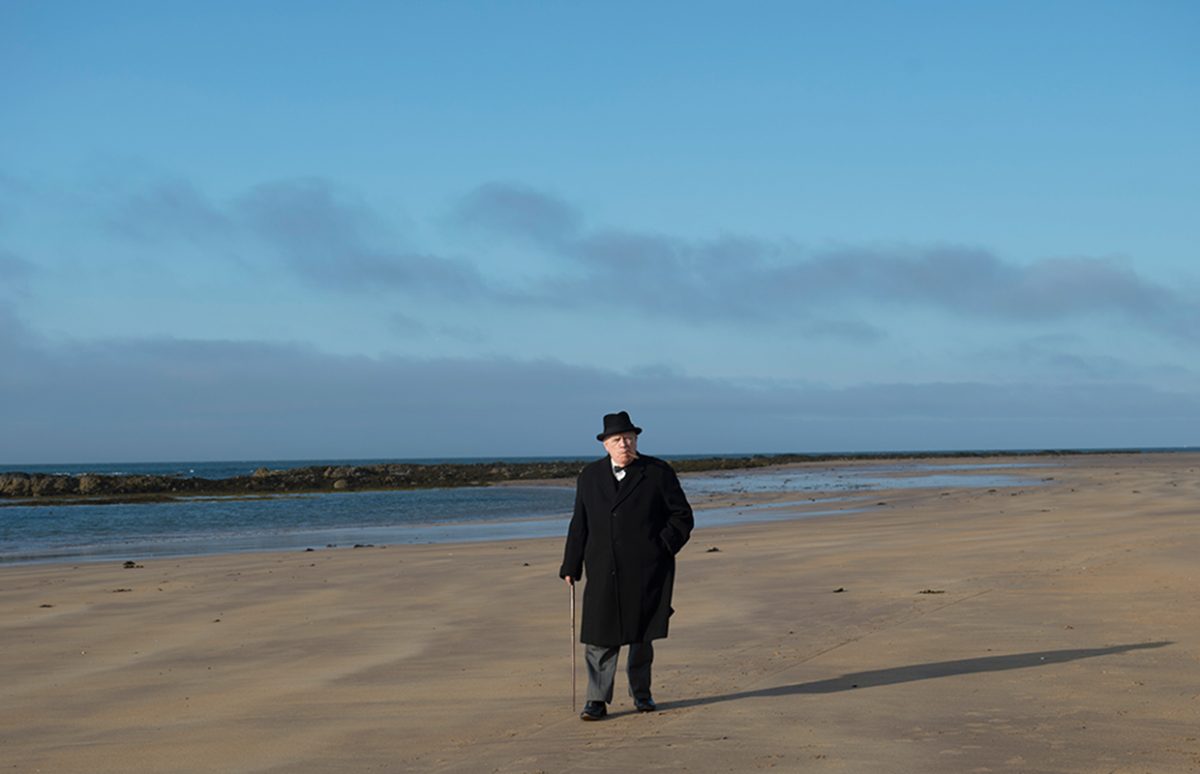
Churchill is a portrait of the wartime British Prime Minister, not as a one-dimensional heroic leader but as a far more human, and in some ways more likeable, character with all the frailties and contradictions that implies. Every country needs its national myths and in the wake of WW2, Britain constructed one where British people … Continue reading “Churchill Hesitates”
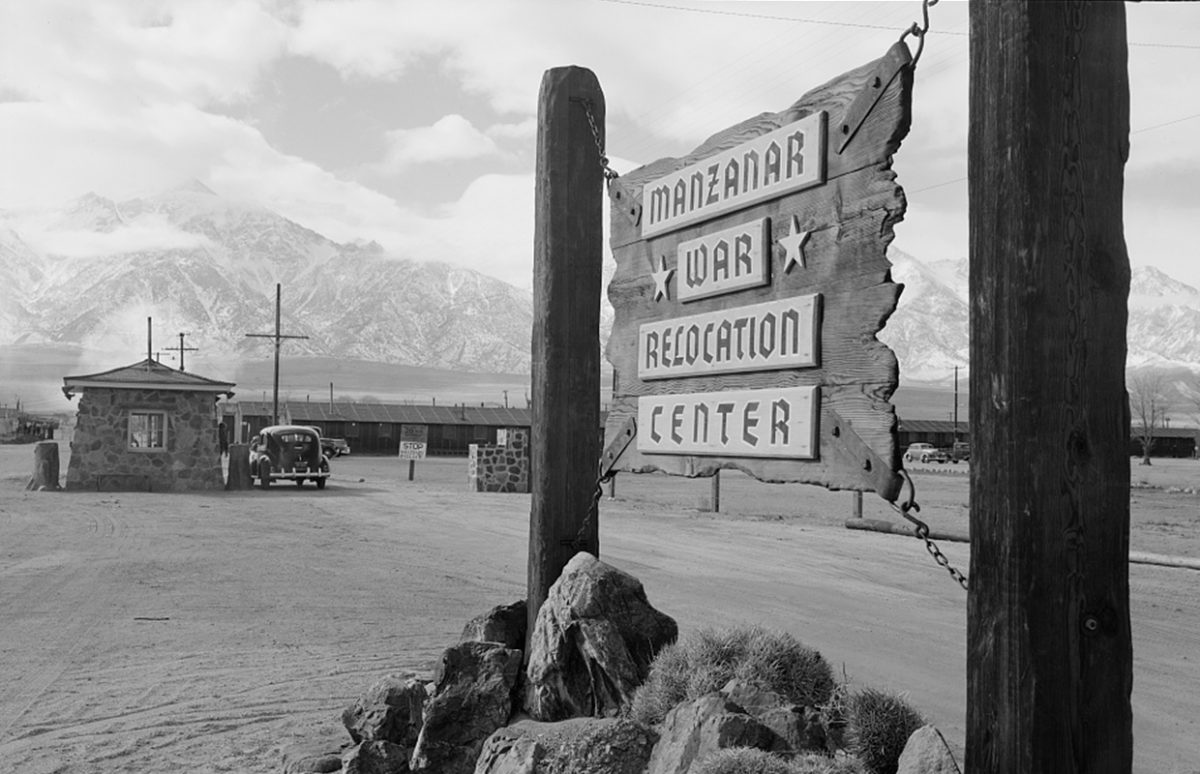
Seventy-five years ago, the surprise Japanese attack on the American naval base of Pearl Harbor in Hawaii was the signal for America to join World War II. These videos, sites and slideshows provide useful material for class use, about the attack and U.S. entry into the war, and about the camps where Japanese Americans were … Continue reading “Pearl Harbor Online Resources”
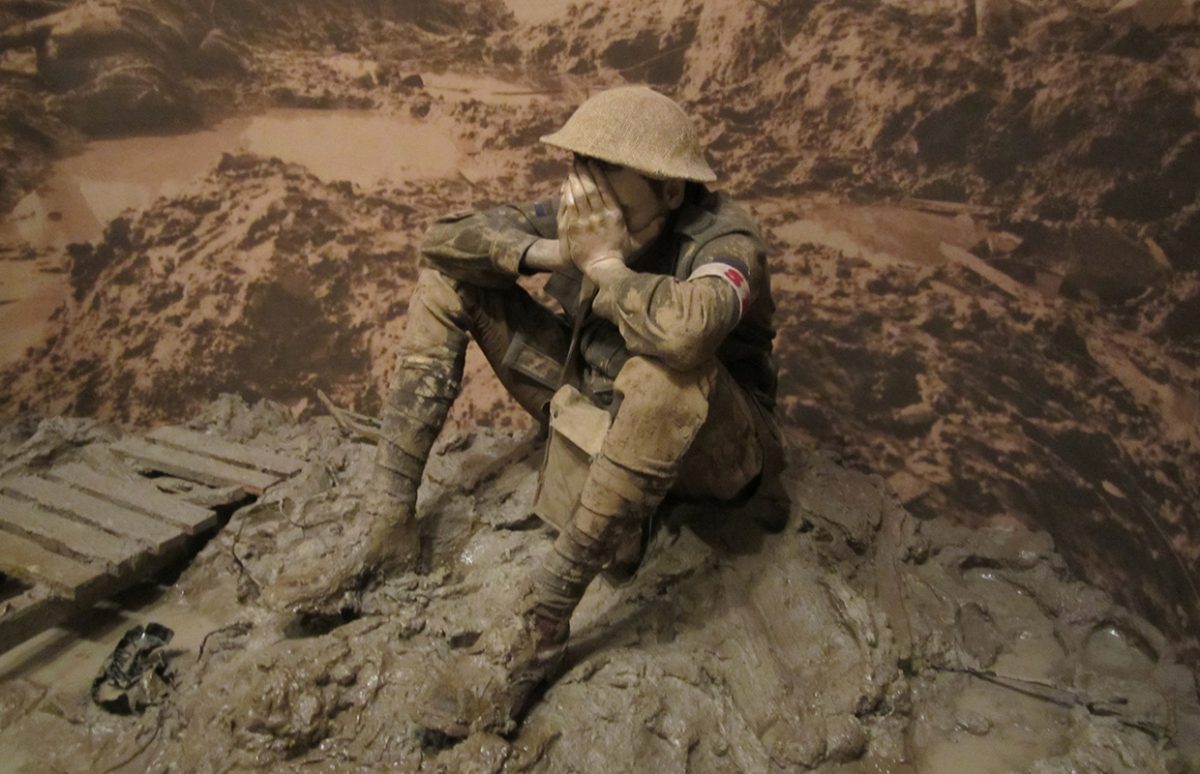
Collège and lycée classes can participate in the Sadlier Stokes Prize about Australia’s participation in World War I. Lieutenant Clifford Sadlier and Sergeant Charlie Stokes of the 5th Australia Division, were decorated for their bravery in the Second Battle of Villers-Bretonneux, on 24 April, 1918. The town was strategic in the German plans to attack … Continue reading “Win 1500 Euros for a Class Project About Australia”
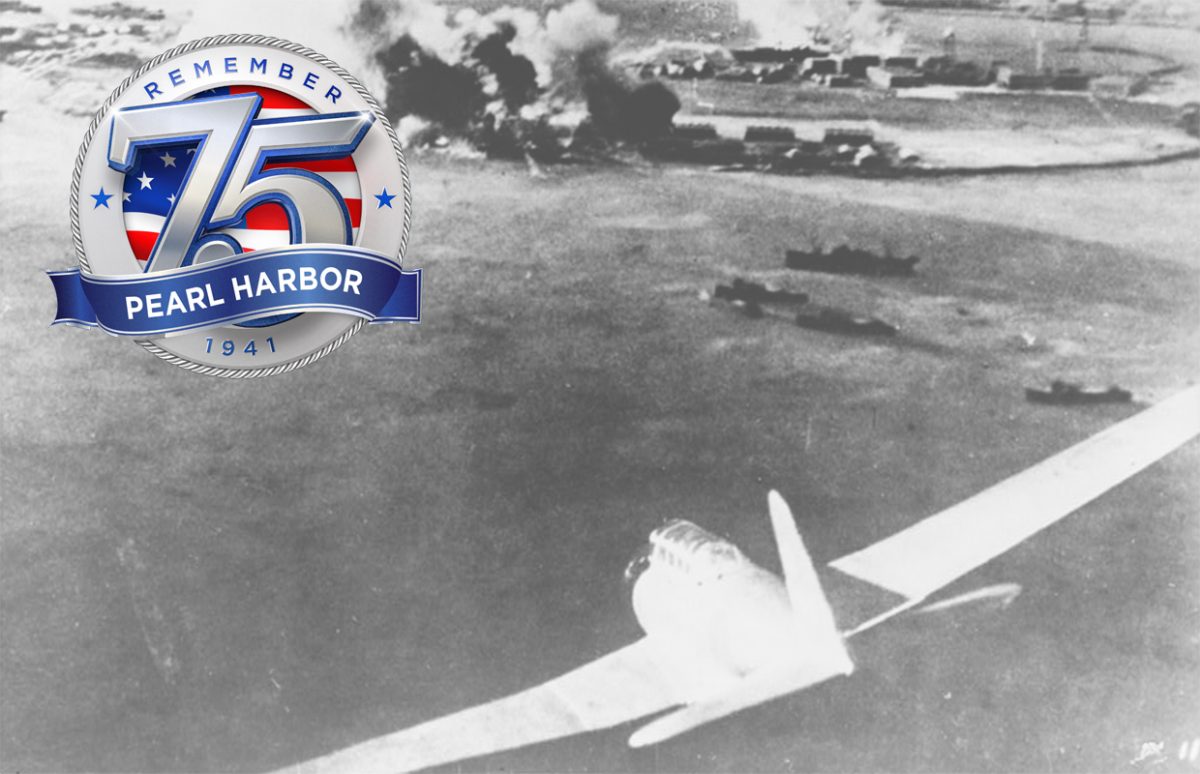
Seventy-five years ago, just before 8 a.m. on December 7, 1941, hundreds of Japanese fighter planes launched a surprise attack on the American naval base of Pearl Harbor near Honolulu, Hawaii. It was the signal for America to join World War II. Unexpected Attack The raid came with no warning and no declaration of war. … Continue reading “The Attack on Pearl Harbor”
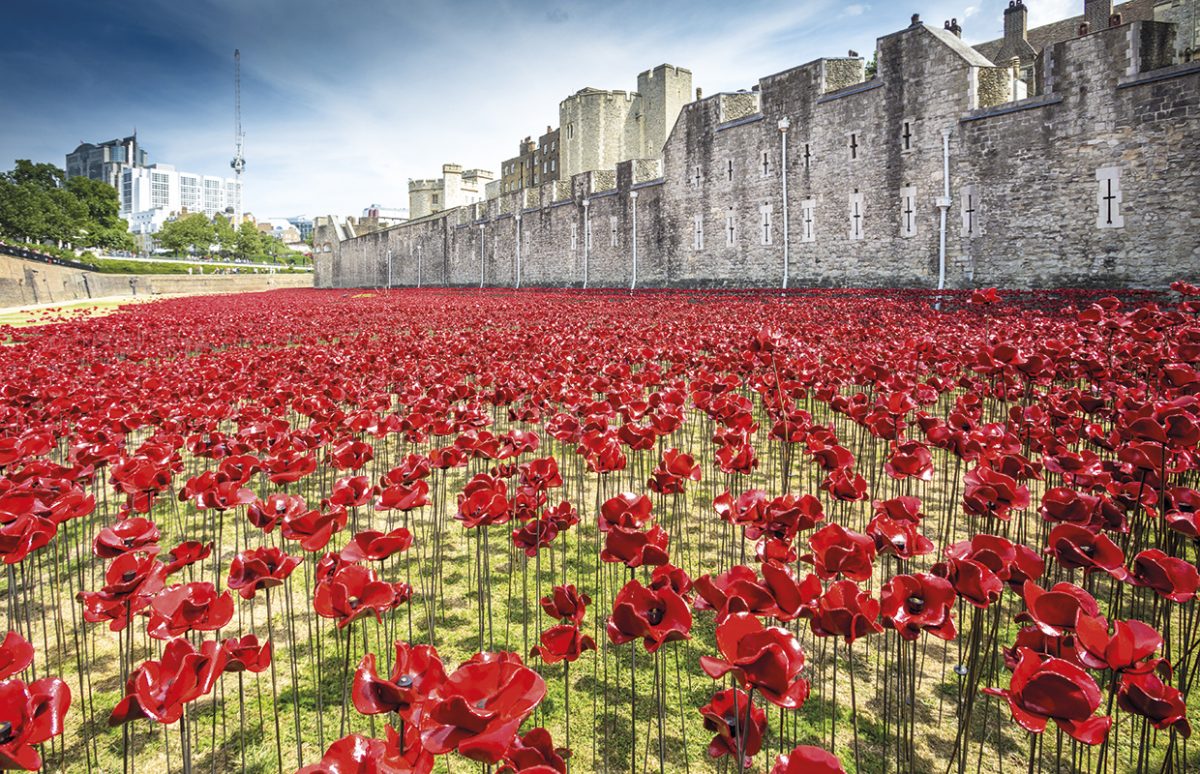
Armistice Day, or Remembrance Day, commemorates the end of World War I on “the 11th hour of the 11th day of the 11th month”: 11 November 1918. In the UK, Canada and Australia, it is synonymous with the Poppy Appeal to raise money for war veterans. This page written for British primary school kids has a very easy … Continue reading “Poppy Day on the Web”














